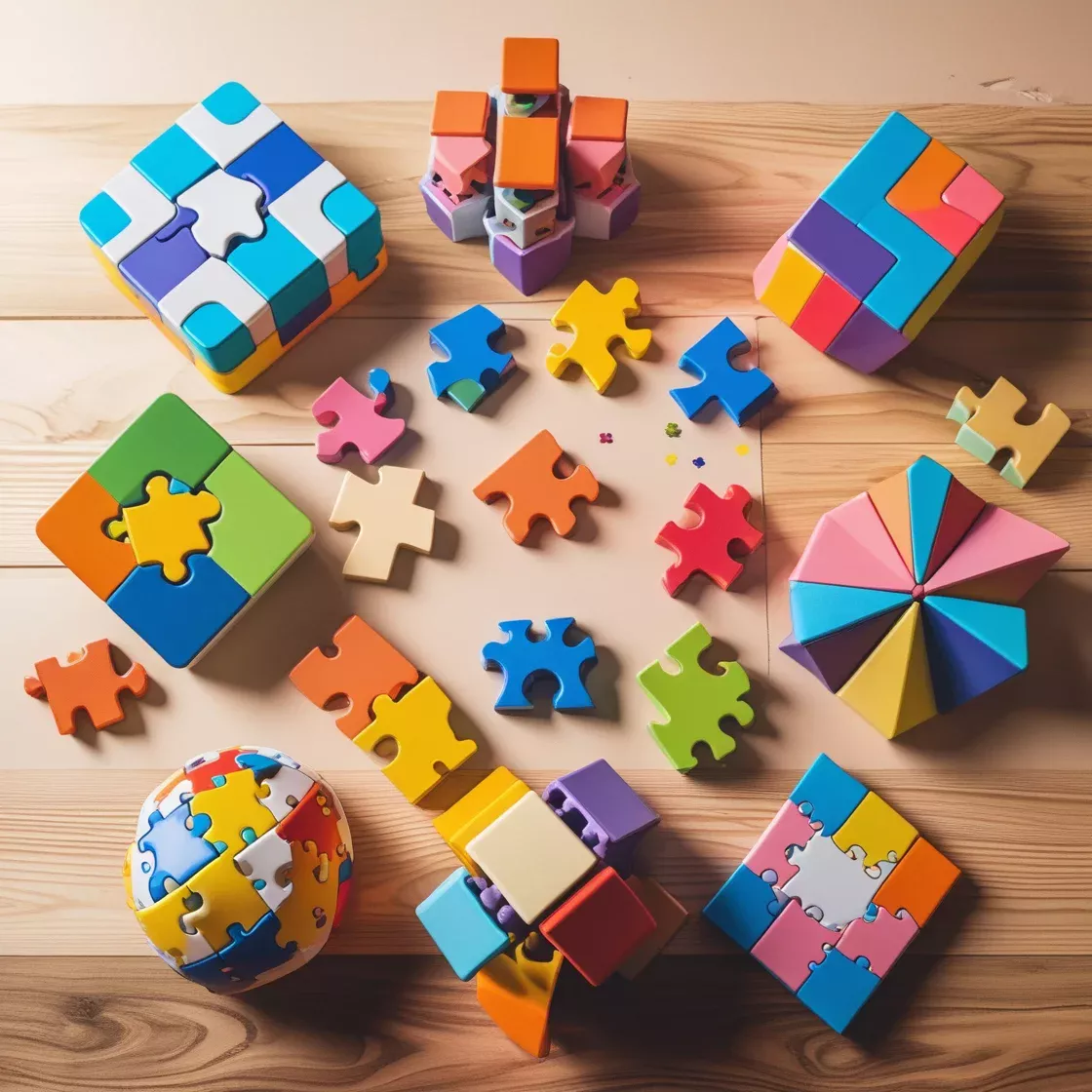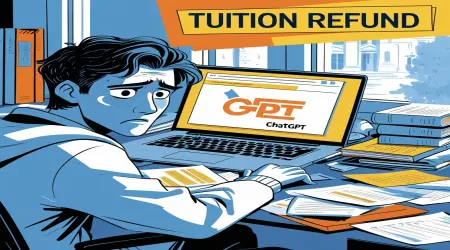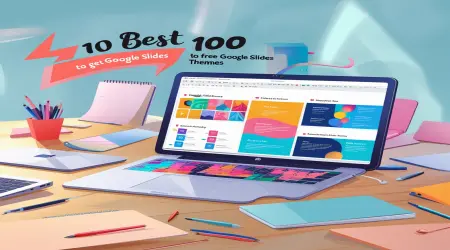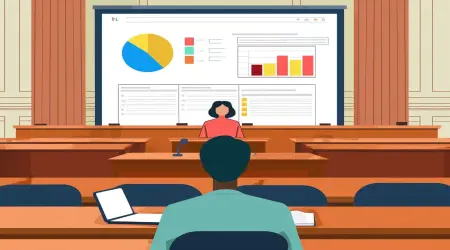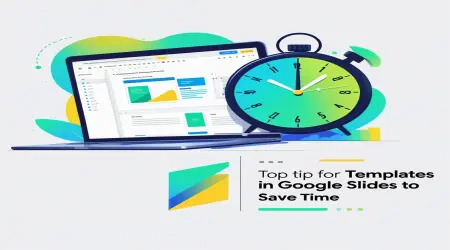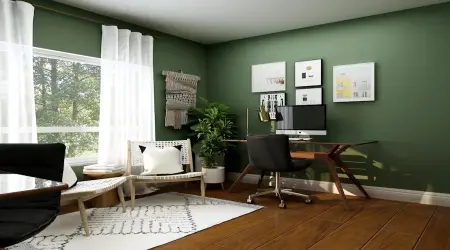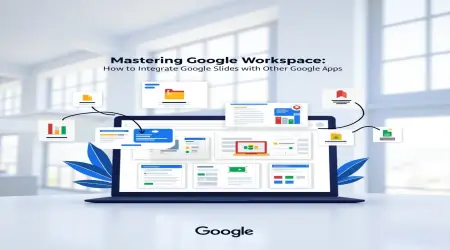The Top 10 Puzzle Game Toys That Will Challenge and Entertain You for Hours
Welcome to Temploop’s ultimate guide to puzzle game toys, the timeless treasures that spark joy, sharpen minds, and bring people together. From the ancient Chinese tangram to the modern Rubik’s Cube, brain teaser games have captivated generations with their blend of challenge and fun. Whether you’re a parent seeking puzzle toys for kids, an educator fostering mind-building toys, or a puzzle enthusiast craving mental challenge toys, this guide explores the history, benefits, types, and top 10 puzzle game toys on the market. Dive into picture puzzles, logic puzzles, spatial puzzles, and learning puzzles, with practical brain game advantages and tips to enhance growth-enhancing toys for all ages. Let’s unravel the puzzle world and find your perfect challenge!
Introduction to Puzzle Game Toys
A Brief History of Puzzle Game Toys
Ever wondered where puzzles began? The story of puzzle game toys stretches back to the 12th-century Song Dynasty, with the Chinese tangram—a seven-piece geometric puzzle forming endless shapes. By the 18th century, Europe embraced picture puzzles like jigsaw puzzles, followed by logic puzzles such as the Rubik’s Cube in the 20th century. These mental challenge toys evolved from simple pastimes to complex mind-building toys, shaping learning puzzles that entertain and educate. Today, innovations like digital apps and spatial puzzles keep puzzles thriving (The Guardian).
Why Puzzle Game Toys Remain Popular
What makes brain teaser games timeless? Their ability to challenge, entertain, and educate transcends generations. Puzzle toys for kids foster critical thinking, while adults enjoy them as stress-relieving growth-enhancing toys. From family game nights to solo brain teasers, puzzles offer universal appeal, blending brain game advantages with fun. This guide highlights the top 10 puzzle game toys to captivate and challenge you for hours .
Benefits of Puzzle Game Toys
Cognitive Development Through Puzzles
How do puzzles boost brainpower? Learning puzzles enhance cognitive development toys by sharpening:
Problem-Solving: Tackling a picture puzzle teaches logical reasoning.
Spatial Awareness: Spatial puzzles like 3D models improve visualization.
Critical Thinking: Logic puzzles encourage strategic planning.
For example, a child assembling a 100-piece jigsaw puzzle learns to identify patterns, boosting cognitive skills essential for academics (Fat Brain Toys).
Emotional and Social Growth
Beyond cognition, puzzle game benefits include emotional and social development:
Patience and Perseverance: Solving a Rubik’s Cube builds resilience.
Teamwork: Group puzzles foster collaboration and communication.
Confidence: Completing a puzzle boosts self-esteem.
Notes that children solving puzzles together develop social bonds and emotional resilience, making growth-enhancing toys invaluable .
Exploring Types of Puzzle Game Toys
Jigsaw Puzzles: Classic and Versatile
Why are jigsaw puzzles so beloved? These picture puzzles involve interlocking pieces forming a complete image, from simple 24-piece designs for toddlers to 1,000-piece challenges for adults. Ravensburger offers vibrant themes like landscapes and animals, catering to all skill levels (Ravensburger).
Mechanical Puzzles: Hands-On Challenges
Mechanical puzzles like the Rubik’s Cube test dexterity and logic. Sliding puzzles or disentanglement games require manipulating pieces to solve a challenge. ThinkFun’s Rush Hour, where players slide cars to free a trapped vehicle, is a standout logic puzzle for ages 8+ (ThinkFun).
3D Puzzles: Immersive Building Experiences
3D puzzles bring puzzles into the physical world, letting users build models like the Eiffel Tower or a pirate ship. These spatial puzzles enhance visualization and fine motor skills, appealing to both kids and adults (Fat Brain Toys).
Choosing the Right Puzzle Toys for Kids
Age-Appropriate Puzzle Selection
How do you pick the perfect puzzle toys for kids? Consider age:
Toddlers (2–4): 24–50 piece jigsaw puzzles with large pieces.
Kids (5–8): 100–200 piece puzzles or simple mechanical puzzles.
Teens (9+): Complex 3D puzzles or Rubik’s Cube challenges.
Recommends starting with sturdy, colorful puzzles to build confidence .
Matching Puzzles to Interests and Skills
Align puzzles with your child’s passions:
Animal Lovers: Jigsaw puzzles featuring wildlife.
Tech Enthusiasts: Mechanical puzzles like coding games.
Creative Kids: 3D puzzles of famous structures.
Choose difficulty levels to match skills, ensuring a rewarding experience without frustration .
Tips for Solving Puzzle Game Toys
Strategies for Jigsaw and Mechanical Puzzles
Ready to conquer your puzzle? Try these brain game advantages tips:
Jigsaw Puzzles: Start with edge pieces to form a frame, then sort by color or pattern.
Mechanical Puzzles: Break the challenge into steps, testing one move at a time.
3D Puzzles: Follow instructions systematically, assembling sections in order.
For example, a teen solving a Rubik’s Cube might focus on one color layer first, building confidence (ThinkFun).
Overcoming Common Challenges
Take Breaks: Step away to refresh your perspective.
Use Reference Images: Check the puzzle box for guidance.
Collaborate: Work with friends or family for new insights.
The Guardian suggests breaks to avoid frustration, ensuring puzzles remain fun (The Guardian).
Puzzle Game Toys and Child Development
Role in Cognitive Skill Building
Learning puzzles are powerful cognitive development toys:
Problem-Solving: Navigating a picture puzzle hones logical thinking.
Memory: Recalling piece placements strengthens recall.
Focus: Complex puzzles like 3D puzzles boost concentration.
Fat Brain Toys cites studies showing puzzles enhance academic performance (Fat Brain Toys).
Supporting Emotional and Social Skills
Puzzles foster emotional and social growth:
Resilience: Overcoming challenges builds grit.
Collaboration: Group puzzles teach teamwork.
Confidence: Completing a puzzle boosts self-worth.
Hghlights how puzzles like jigsaw puzzles encourage family bonding .
Top 10 Puzzle Game Toys on the Market
Popular Picks for All Ages
Here are the top 10 puzzle game toys for 2025:
Ravensburger 500-Piece Jigsaw Puzzle: Vibrant nature scenes, ideal for ages 10+.
Rubik’s Cube 3x3: Classic cube puzzle, challenging for ages 8+.
ThinkFun Rush Hour: Sliding logic puzzle, great for ages 8+.
Wrebbit 3D Hogwarts Castle Puzzle: 850-piece spatial puzzle, ages 10+.
Melissa & Doug Farm Jigsaw: 24-piece picture puzzle, perfect for ages 3–5.
SmartGames IQ Puzzler Pro: Multi-level logic puzzle, ages 6+.
Ravensburger Eiffel Tower 3D Puzzle: 216-piece 3D puzzle, ages 10+.
ThinkFun Gravity Maze: Marble-run logic puzzle, ages 8+.
Fat Brain Toys Argh!: Pirate-themed spatial puzzle, ages 7+.
Clementoni Disney Panorama Puzzle: 1,000-piece jigsaw puzzle, ages 12+.
Features and Benefits of Each Toy
Ravensburger Jigsaw: Durable pieces, vibrant designs, boosts focus.
Rubik’s Cube: Portable, enhances problem-solving.
Rush Hour: Teaches strategic planning, compact for travel.
These mental challenge toys cater to diverse interests and skill levels .
Case Studies and Real-World Examples
Success Stories with Puzzle Toys
A 7-year-old improved spatial skills with Melissa & Doug puzzles, excelling in math (Kidspot).
A family bonded over a Ravensburger 1,000-piece puzzle, completing it in a week (The Guardian).
Impact on Learning and Fun
Teachers use 3D puzzles to teach architecture concepts.
Adults report stress relief from solving logic puzzles after work.
These examples showcase growth-enhancing toys in action (Fat Brain Toys).
Conclusion and Final Recommendations
Puzzle game toys like jigsaw puzzles, mechanical puzzles, and 3D puzzles offer timeless fun and brain game advantages, from sharpening cognitive skills to fostering emotional growth. This guide has explored the top 10 mental challenge toys, their benefits, and strategies for solving them, making puzzle toys for kids and adults alike a rewarding choice. Key recommendations include:
Choose age-appropriate learning puzzles to match skills and interests.
Start with edge pieces or systematic steps to solve puzzles efficiently.
Use puzzles to boost cognitive development toys and family bonding.
Whether you’re a parent, educator, or enthusiast, puzzle game toys promise hours of engagement. Start your puzzle journey today with Temploop’s guidance and unlock the joy of brain teaser games!
